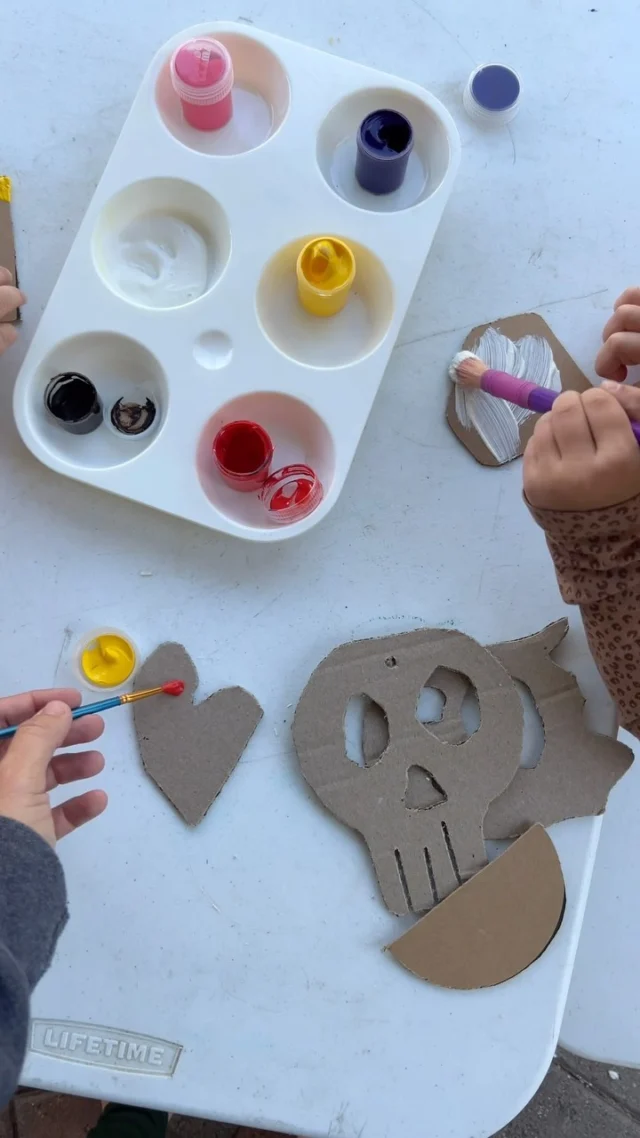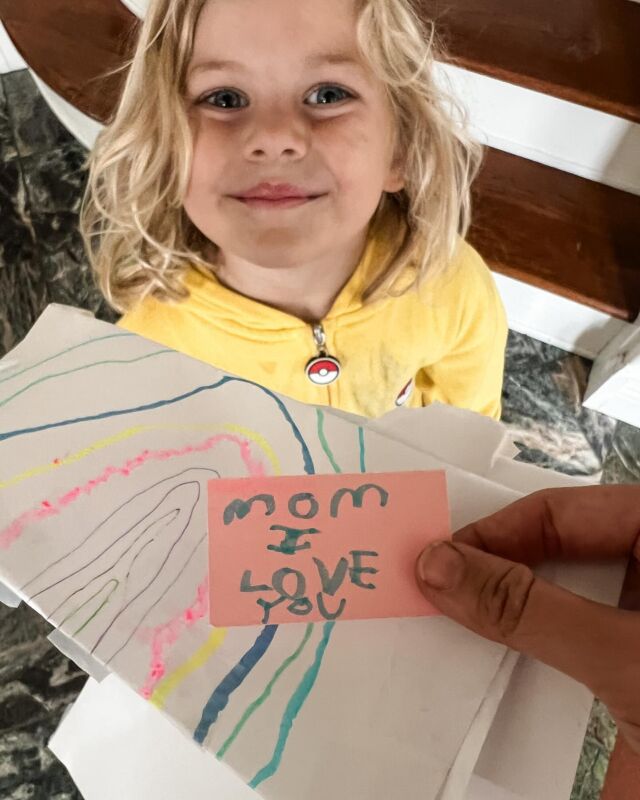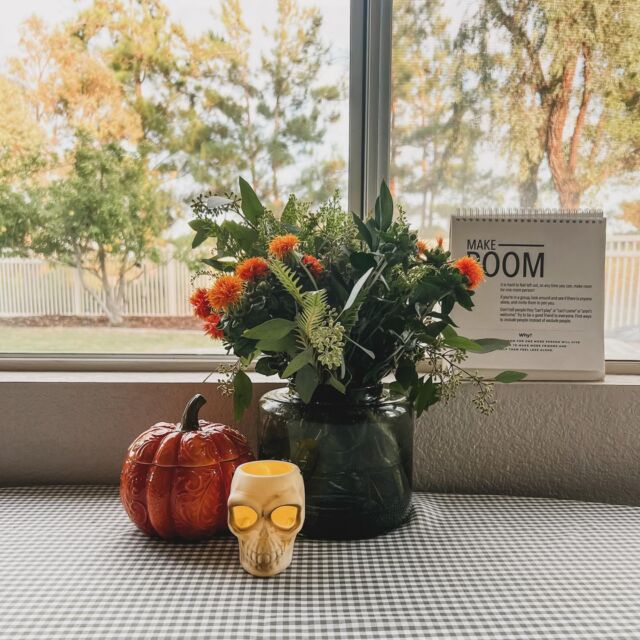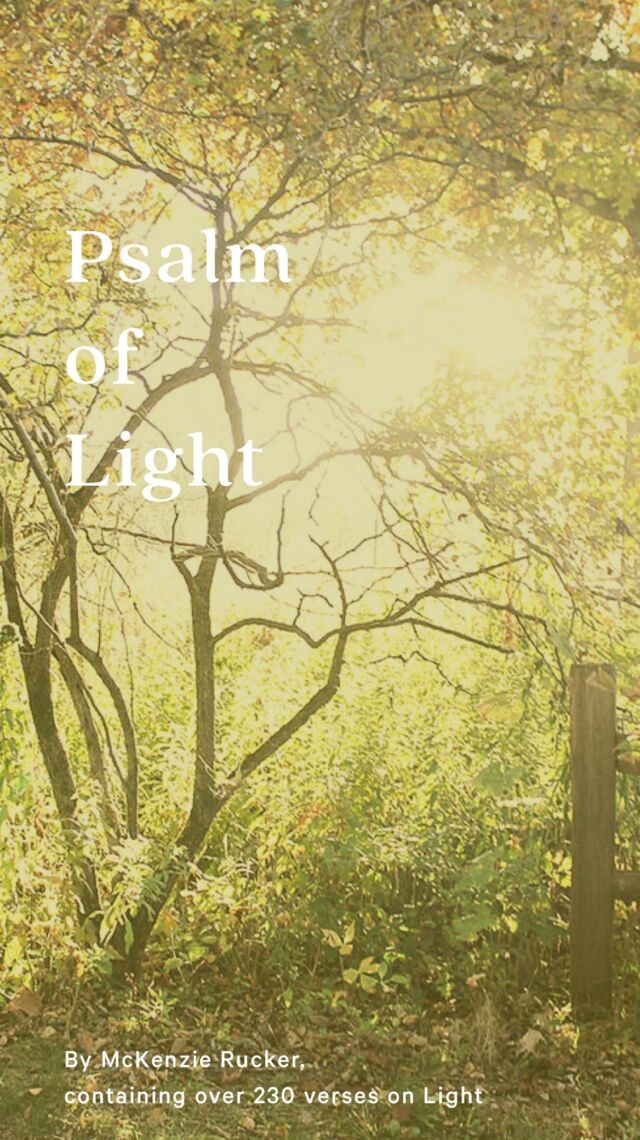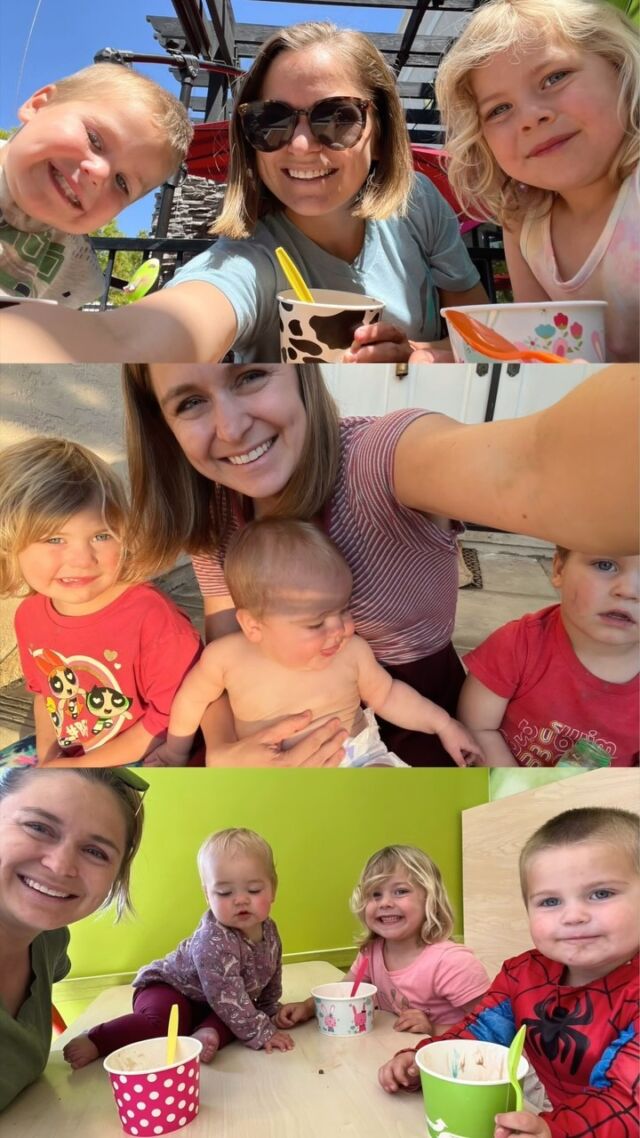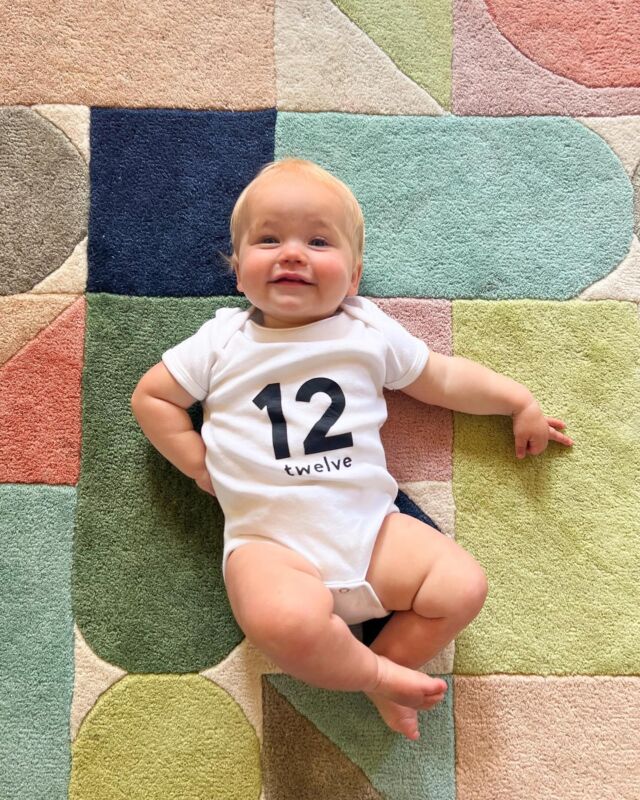
Our Monday field trip last week was Neot Kedumim, which is a Biblical Garden where they plant and reserve every plant mentioned in the Bible. We got to see and touch and smell so many mysterious named plants and every single one has amazing symbolism and meanings that make the stories and parables they are mentioned in so much more understandable and meaningful. This was probably one of my top favorite field trips
The first thing we got to do was herd sheep. We learned what life was like for shepherds and farmers and read scripture stories about people who had these occupations. For example, Abel was a shepherd and Cain was a farmer, shepherds move around, their sheep destroy the land and eat the grass and move on when farmers are stuck where they’re at, gambling and hoping for rain so they have a good season. So shepherds and farmers were friends, which adds to the story. We also talked about the symbolism in sheep and goats, how sheep are usually connotated as cute, they are followers and dependent that you can feel compassion for while goats are arrogant and just the opposite of what you think about sheep. I learned so much and it was only 9 in the morning! So then we got to herding, which was harder than you think.
 |
| With Jon and Melinda bringing the stragglers back to the middle |
 |
| We weren’t very good at herding them so we had to make a huge semi-circle and pretty much force them forward! |
 |
| With AJ and Lauren |
 |
| Melinda |
After herding the sheep we sat down under shade and Iris told us about the meaning of hyssop as we made our own spice from it. It is amazing how much symbolism there is! Hyssop is a very small shrub that doesn’t ask for much at all to grow. But it gives so much for the price of so little. Usually in the scriptures when you see hyssop juxtaposed with cedar wood which contrasts because cedar trees are very tall and their branches jut out while a hyssop bush is small and lowly. If you look at when Christ is being crucified on the cross, people gave him water to drink by reaching up with a hyssop branch. Just look at all that symbolism! Maybe they really did use a hyssop branch or maybe they didn’t but it creates inner symbolism that most of us modern Westerners would skim by because we don’t understand what it is but once we do there is so much symbolism behind it that can greater our understanding of the scriptures.
 |
| With the Harper boys making hyssop |
There is so many different symbolisms in all the plants. We stood around a sycamore tree and talked about Zaccheaus and how he climbed up of the tree to see Christ and out of all the group he picked him out to stay at his house. The tree is known as
 |
| Dwight was our Zaccheaus |
We also talked about bread. In ancient times, not a lot of varieties of food was harvested but wheat was the main one. Every single meal consisted of wheat for bread and it was the basis of life. It makes sense why Christ would use I am the Bread of Life.
 |
| Here wer talked about the threshing floor, the plow that is used to pick up the wheat, and the process of getting the wheat from the tares. |
 |
| For how hot it is it makes sense why Adam has to work with the sweat of his brow for his bread. |
 |
| This is how they take the wheat and grind it into flour. It literally takes hours just to get a cup of flour |
We went the campfire area and had an even more intense hands-on learning experience with making pitas and lintel soup. It was so cool.
 |
| With Heather, Juan, Pam, and AJ |
 |
| Felt like Ensign camping all over again! 🙂 |
 |
| I made my own homemade pita! It was delicious with oil and especially some date jam |
 |
| We also made lintel soup!! |
 |
| With Amy |
 |
| I wouldn’t sell my birthright for this soup but it was pretty good! |
 |
| Seth was proudly showing his caught lizard until he accidently dropped it at the feet a screaming girls haha |
We also talked about cisterns (like we haven’t talked about those before!) and how they work and where it’s best to build one for a city back then. We also talked about water, how it is also the necessity of life and without it, you can’t even have the basic food of bread to water your wheat crops. Being here in the hottest part of the summer also makes it clear that water is important, it is SO hot here and without water you wouldn’t get far traveling. So again, makes it more meaningful to hear when Christ tells the people who know that water is so essential that He is the Living Water and that you will never thirst if you come to Him.
 |
| Pulling out |
 |
| I’ve always wanted to do that! |
There was a little obstacle course that we went on for a bit, it was fun!
 |
| Lauren and I |
 |
| It was so hard to stay balanced |
 |
| Especially when no one else was on the other side of your beam |
 |
| Posing after my landing a fun little gymnastic jump |
And we ended the field trip with a Torah scribe describing how to make ink and what you have to do to write the entire Torah. It was very interesting.
 |
| Torah scribe |
 |
| It has to all be handwritten for it to be used in a synagogue. |

There was so many cool things we talked about on all of them, I had no idea the plants authors used in the scriptures had so many symbolic meanings! One I didn’t mention before was fig leaves. They are big and soft leaves which makes sense when Adam and Eve notice they are naked and choose fig leaves to wear, sowing it by safety pinning with sharp twigs. The cool symbolism in it is that the milky liquid inside the stems can be used to take away rashes but if you rub it over healthy skin it will cause a rash. Gosh, I learned so much just from this one field trip and it was deepened my understanding of the scriptures and now when I see a plant I will know that there is a reason it’s used and find out why so I can understand that story even more!
(We’ve used this website in class a lot and it helps so much. Every single English word has a number that connects the translation of the Hebrew word and you can find more information about every single word. If you don’t understand a term, type it in and look it up, and also see where else that Hebrew word was translated the same is used in the Bible.










